Why testing is essential to ensuring medicines are fit for use
Light, humidity and temperature changes can wreak havoc on pharmaceutical products, with potentially dangerous results. From physical problems such as crumbling tablets to chemical degradation of active ingredients or microbiological attacks, a lack of stability can be catastrophic.
Stability testing is an essential part of drug development to ensure that marketed products remain safe and effective under different conditions. The results are also used to determine a suitable shelf-life for a drug product and to recommend long-term storage. Carefully selected and validated tests really help to smooth the process of taking a drug on the path to market.
Stress test

The key to successful stability testing is to first identify a drug’s degradation mechanisms and possible break-down products. This is achieved by stress testing. During degradation studies, drugs are subjected to harsh conditions – far more extreme than would be encountered during their manufacture, shipping and storage.
Stress testing is likely to be carried out on one batch of a drug substance to look for possible degradation products formed under different conditions by changing the temperature, humidity and oxidation level. ‘Degradation is not just about controlling potentially toxic breakdown products and reduction in potency of the drug,’ says Steve Alley, project manager in pharmaceutical development at UK Contract Research Organisation RSSL. ‘It’s also about the break-down mechanisms that may make the drug more potent.’
Stable solutions
RSSL offer comprehensive and cost-effective stability management, providing a quality service meeting your specific storage and testing needs.
Discover what RSSL’s stability storage and testing services can do for you:
Early stability studies help identify the ideal formulation from a host of different candidates to take forward for further testing. They also aid analysts in selecting the best methods for further stability tests, which then mimic real-life storage in different global regions. ‘Early stability is very much about identifying the ideal formulation to take forward so you have a number of different candidates and, through your developed methods,’ says Alley. ‘You identify those that offer the most stability on storage but also those that are going to be the most compliant for patient use. It’s absolutely pivotal to ensure the link is made between execution of drug degradation studies – identifying key degradation mechanisms – and using this body of data to determine suitable formulation candidates that can be effectively monitored via a stability study.’
Long-term stability
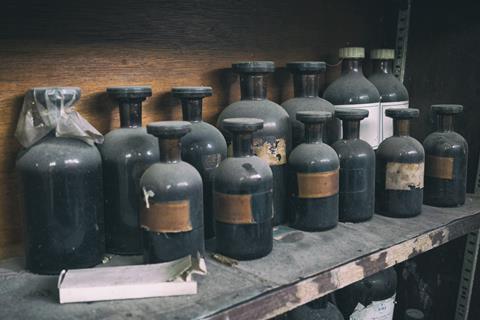
Following stress tests, suitable long-term test methods are developed and validated before at least three batches of material are set down to monitor their physical, chemical and biological properties over time. These batches need to be made using the same synthetic route and a method that reflects the intended industrial production process.
Find a job with RSSL
Take a look at some of the opportunities to work at RSSL and apply today.
Stability tests follow guidelines set out by the International Council for Harmonisation of Technical Requirements for Pharmaceuticals for Human Use (ICH). These guidelines recommend different testing protocols for climactic zones around the globe. For example, storage stability tests can range from temperatures from as low as -80°C to 40°C, with relative humidity up to 75%, following ICH protocols.
An important aspect of the job is to make sure that light exposure does not result in any changes that could potentially affect patient safety. Photostability needs to be tested on an active substance, the final drug formulation and the packaged product. Substances also need to be monitored in a container that is the same as or that simulates the proposed final packaging – again, even subtle changes to a product’s packaging can dramatically affect stability.
Tricky biologics

The rise of newer, large-molecule drugs developed using biotechnology has brought new scientific challenges, according to Phil Kuhlman, a biologics expert at RSSL. ‘The greater complexity of biological drugs, combined with greater batch-to-batch variance and specialised storage conditions, makes the typical small molecule stability study conditions unsuitable for large molecule drugs,’ he says.
Assessing a biologic’s stability is particularly challenging because subtle changes in a molecule’s three-dimensional structure can lead to a complete loss of potency but little or no change in physical properties such as molecular weight, Kuhlman explains. Typically, the stability profile of a biologic also gives a shorter shelf-life. That means the tools used to monitor drug stability, storage temperatures and even the time the studies take have been adapted to ensure medicines remain safe and effective.
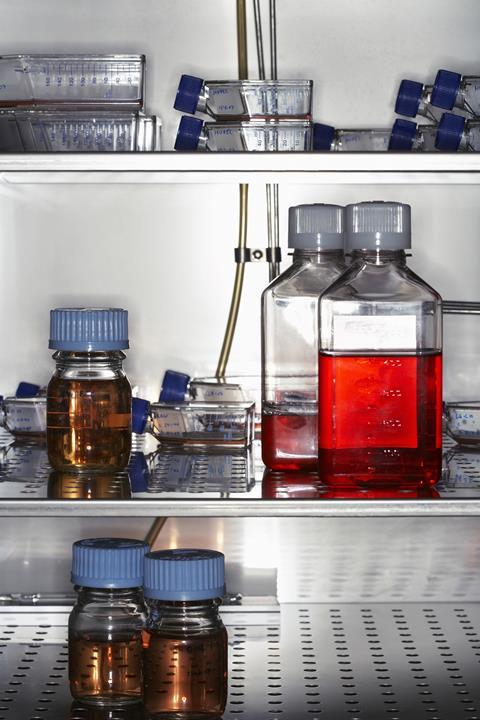
But standard forced degradation studies don’t suit biologics. ‘Many of the standard conditions that test the small molecule stability lead to rapid and irreversible loss of a biologic’s structure and invariably the biologic’s potency,’ explains Kuhlman. As a result, tests need to be adapted on a case-by-case basis. RSSL uses particular analytical techniques for these larger, complex molecules, such as electrophoresis and chromatography with specially designed columns, or circular dichroism spectroscopy.
Biosimilars, the large molecule equivalent of generics, bring their own challenges to stability testing. With traditional generics, it is straightforward to prove that structures are identical. But biologics often comprise sets of slightly different molecules caused by subtle differences in manufacturing conditions. As a result, it may be necessary to test many different batches collected over a number of years to establish a stability profile for the originator molecule. For biosimilars, running side-by-side forced degradation studies of the new version and the original is a good way to show biocomparability, says Kuhlman.
And, as the medicines become more complex, the raft of tests required to ensure a product is fit for use is likely to only increase. It looks like the stability challenge is here to stay.

How biologics have changed the rules for pharma

The impact of the latest generation of drugs for the healthcare industry
- 1
- 2
 Currently
reading
Currently
reading
The stability challenge
- 4




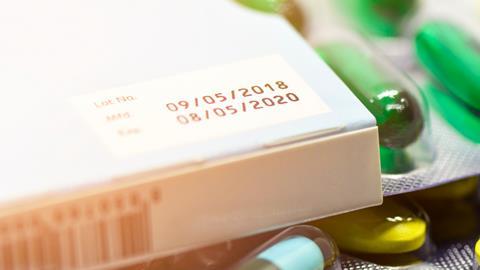









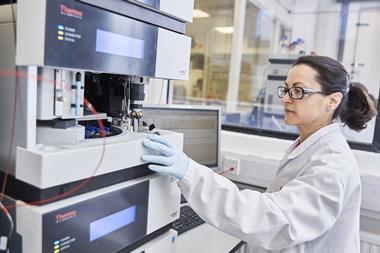
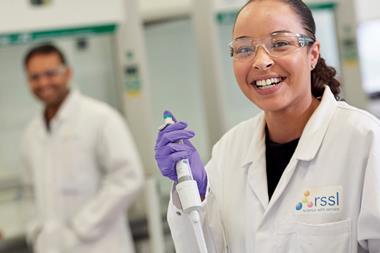








No comments yet